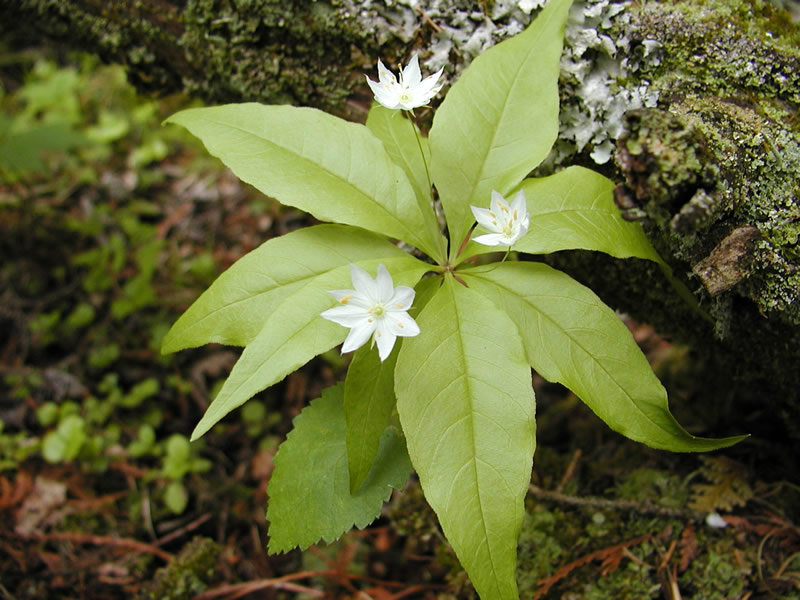Cross-posted from !nativeplantgardening@mander.xyz original post: https://lemmy.world/post/16458535
The Xerces Society is an insect conservation nonprofit organization based in Portland, Oregon. They engage in a variety of work to protect native insects, including publishing resources for the general public.
One such resource are their Native Plants for Pollinators and Beneficial Insects guides, which are curated illustrated lists of plants broken down by geographic region. The lists include basic growing conditions info for each species, as well as some info on how the plants benefit insects. They even have separate lists specifically for supporting the endangered monarch butterfly.
If you’re a native plant fanatic like me you can cross-reference their lists with the USDA Plants Database (I wrote about that other great resource in this post here) to verify if the Xerces-recommended plants are native to your county, however the Xerces lists are broken up into relatively small regions so you’re unlikely to cause damage or introduce problematic species even if it’s not technically native to your specific county.
I hope y’all find these lists as useful/inspiring as I have!
From the plant lists for the PNW, I’ve successfully sourced and grown the following from seed:
- Asclepias fascicularis
- Asclepias speciosa
- Chamerion a. ssp. angustifolium
- (All the lupinus)
- Prunella vulgaris ssp. lanceolata
- Symphyotrichum subspicatum
Of the above fireweed is probably the easiest to grow from seed, followed by lupine (optional: nick the seeds with a very sharp knife for extra germination success). Milkweed requires moist-cold stratification, but it’s honestly quite easy (it just requires a bit of prep) and germination rates are high.


